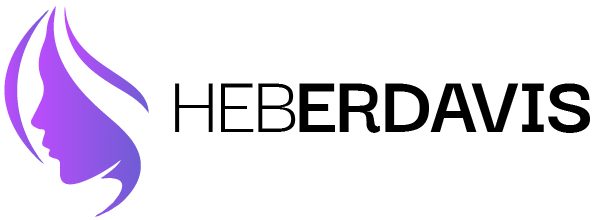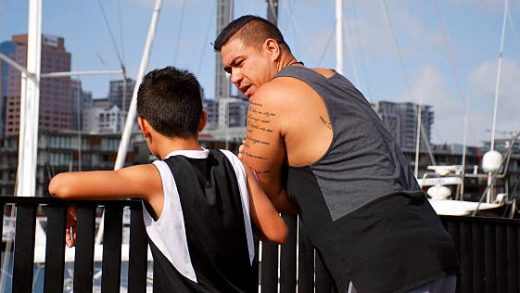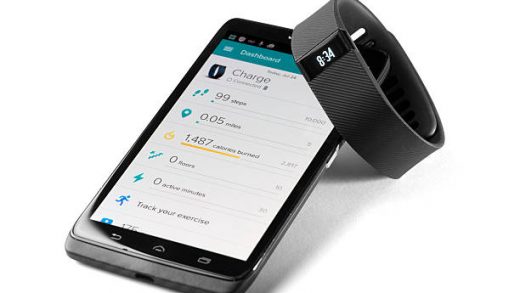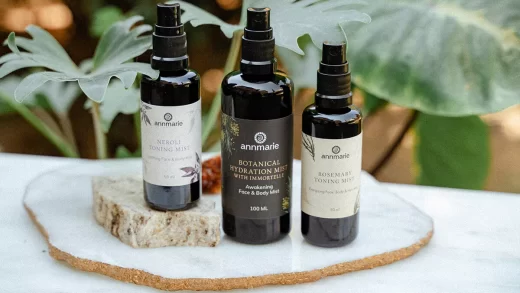Exercise is made more difficult by hip or knee pain. What can you do when your joints hurt to bend or press on?
Switch to non-weight-bearing exercises that take the strain off your knees and hips. Vijay A. Daryanani is a Harvard-affiliated physical therapist and personal trainer and says that this type of exercise allows for more freedom and less pain.
Exercise machines that are friendly to the joints
Exercise machines can be gentle on joints and provide a great cardio workout while also strengthening muscles, increasing endurance, and improving range of motion.
An exercise machine is called an elliptical. The pedals move in an oval track, either up and down or back and forth. This creates a fluid motion that prevents your joints from being pressed against the floor. Some elliptical machines have handles or poles that you can move up and down to work your upper body (like a cross-country skiing machine). It would be best if you had a good balance in order to use an elliptical. Daryanani recommends that if you’re able to, move the pedals in reverse to challenge your muscles further and improve your balance.
An indoor cycling machine. The stationary bike has pedals like a bicycle and a seat that has a back. These machines are available in two different styles: upright, like a bicycle, or recumbent with a backrest. Daryanani advises that if you are using a good bike to pedal, do not stand up. This can cause extra pressure in your joints.
Rowing machine. The rowing machine is a machine with a seat that slides on a straight track and a horizontal bar you pull towards you. You sit on your footpads and pull the bar to propel yourself forward. This simulates boat rowing without causing any joint damage. The rowing machine’s low position is the tricky part. Daryanani recommends that you make sure you are able to get down on the rowing machine and will be able to stand up again.
Regardless of which machine you choose, start with the lowest resistance and gradually increase your time. Daryanani suggests that if 15 minutes without resistance is easy, you can add some resistance to make it more difficult.
Low-impact exercises
You can get a great cardio workout as well as muscle strength without putting stress on your joints by doing a few low-impact exercises.
Swimming laps, water exercises, and walking in waist-deep waters are all examples of pool exercises. Water keeps you afloat, relieves pressure on your joints, and offers resistance, which helps to build bone and muscle strength. Exercise in water can also be safer for mobility and balance since there is no risk of falling.
You can do so much more on water than you could on land. Daryanani warns, “Be careful and don’t do the same types of exercises outside the pool.”
Take short, brisk walks. Avoid excessive pressure on joints by taking shorter walks. Daryanani says that if you go for a walk of five, 10, or 15 minutes a few days a week, it adds up. Three 10-minute walks a day are equivalent to one 30-minute stroll in terms of health benefits. They’re also easier on the joints. Wear supportive, snug-fitting shoes when walking. Daryanani warns, “Avoid tree roots and anything else that could cause you to lose your balance.”
Tai Chi. Although this low-impact martial art is not cardio exercise, it offers many benefits. The movements are slow and choreographed. You shift your weight slowly from one position to the next while focusing on your body sensations. It has been proven that Tai Chi improves balance, flexibility, and range of motion. Also, it has been shown to reduce the risk of falling by as much as 60%. Daryanani says that Tai chi can help with knee or hip pain. “But if shifting into a pose hurts, don’t force it.”
Making it Work
Get the OK from your doctor before you begin any of these exercises. Don’t worry if you don’t reach the standard 150 minutes of moderate-intensity activity per week. Any amount of exercise is beneficial.
“If you start at zero, you can make progress by doing a minute. Then, you can do a minutes and a half and two minutes. Daryanani advises to keep increasing the time.
Exercise is worth it. Even small increases in moderate-intensity physical activity can have health benefits. Dr. Imin Lee, a senior exercise researcher at Harvard Medical School and professor of medicine, says that some of these benefits can be seen immediately, including reduced anxiety, lower blood pressure, improved insulin sensitivity, and better sleep. Over the long term, you will also benefit from increased lung and heart fitness, improved muscle strength, and a lower risk of chronic diseases such as heart disease and stroke.



